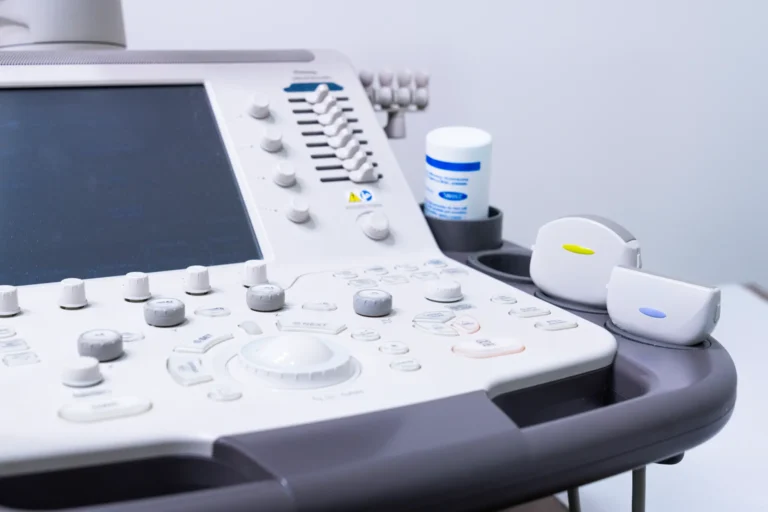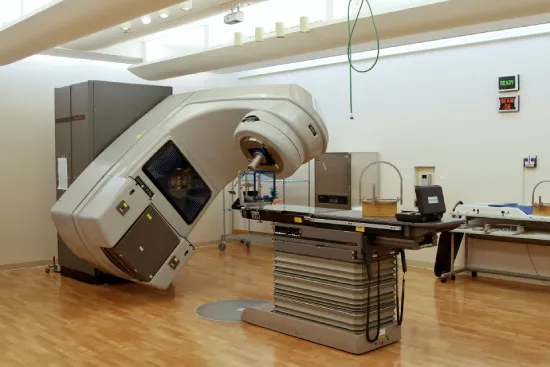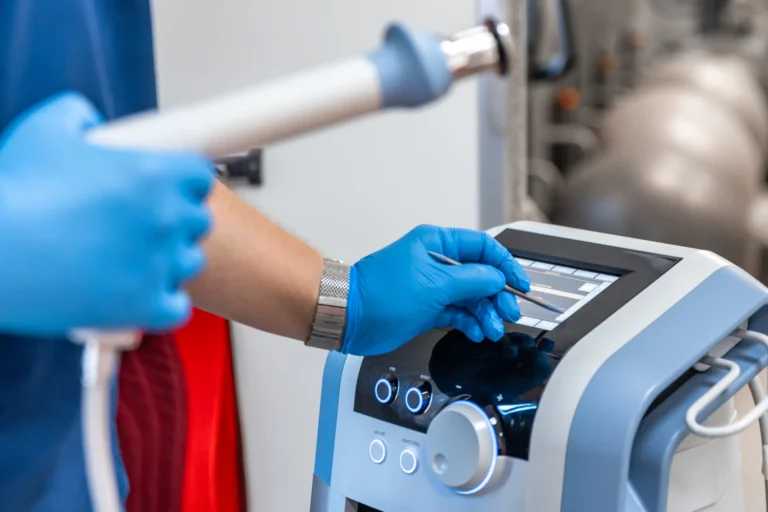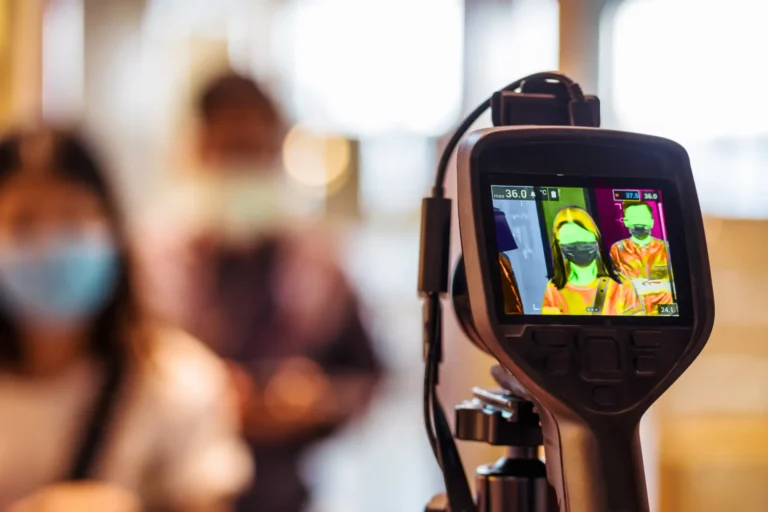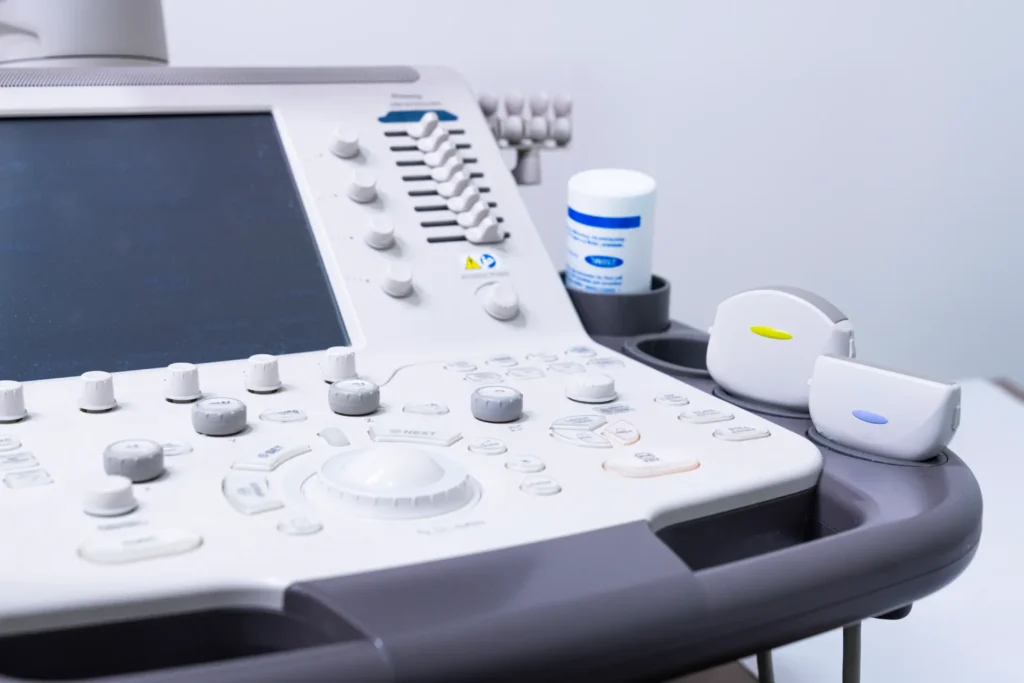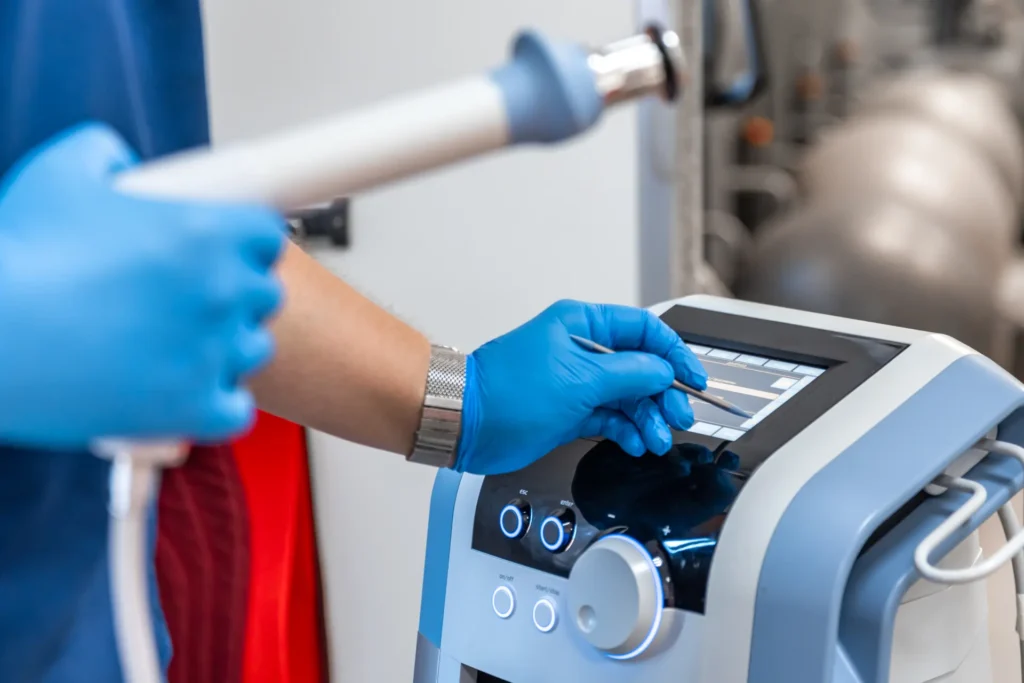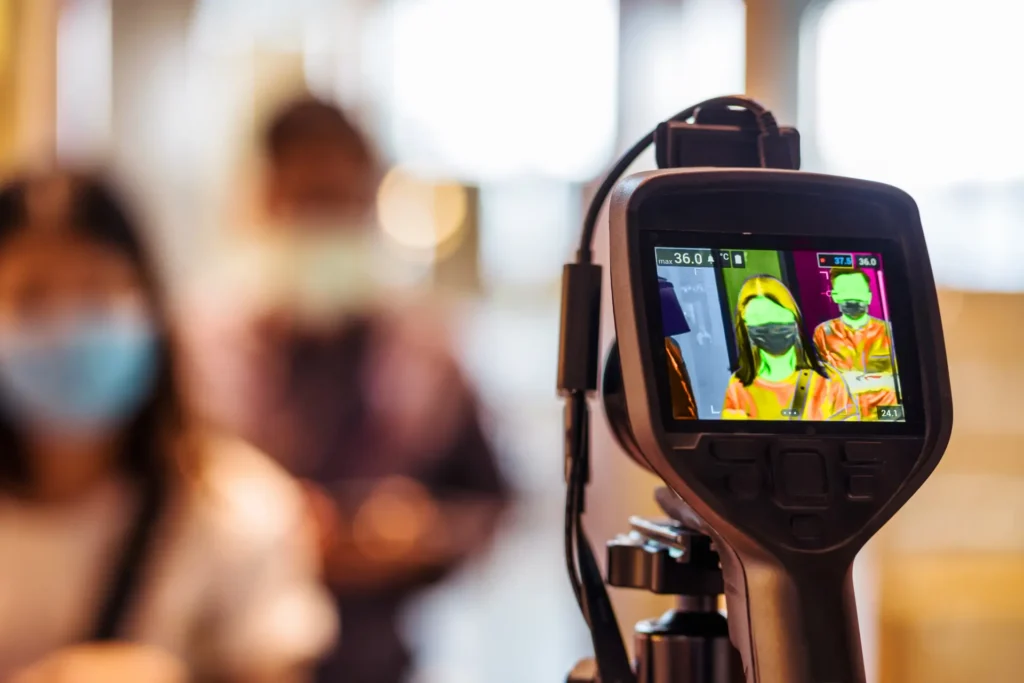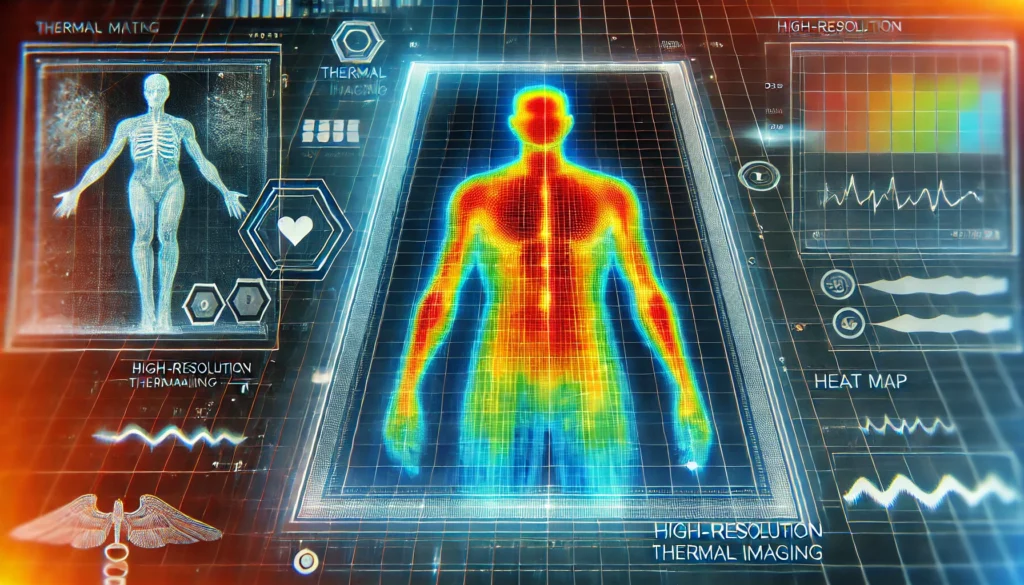TH ratings in the analysis of breast thermography utilize thermographic findings to give a risk assessment to the patient for each breast as to the likelihood of developing breast cancer in the upcoming years.
TH ratings were once part of thermography as BIRAD ratings are to mammograms. Most, if not all, breast thermography interpretation companies utilized TH ratings until about 10 years ago. What happened?
Looking back at the initial creation of this type of score given to women with thermographic breast findings and placing them into convenient boxes for identifying risk, we see that this was based on a small study in the years preceding 1979 (date of publication). It was based on the technology of the time that consisted of analog thermal cameras as well as Liquid Crystal Contact thermography. These methods did not compare to the sensitive equipment we have today with digital thermography. Many of the “factors” used in identifying risk are not too commonly seen with the newer sensitive cameras, placing most women into the TH4 and TH5 categories, creating far too much stress for too many women. Further, over 10% of Women with the lowest risk factor (TH1) went on to develop breast cancer. The study followed only a small group of slightly over 1000 women.
Peter Lang, PACT VP, states, “As technology improved as thermal cameras became more sensitive, we commonly see things now that were not seen when the TH ratings were created. Back then these “things” were considered as factors and counted for the TH ratings, so if we apply those ratings with the current technology, we will have a high number of false TH3, TH4 & TH5. That has been our opinion and the main reason for not using the TH rating but a more descriptive report of the findings.”
It is therefore the stance of the Professional Academy of Clinical Thermology (PACT) that such a system would be of benefit; however the current system used is outdated and inaccurate. If we can examine a more modern database and follow the outcomes, then such a system of analysis could be of great use.


